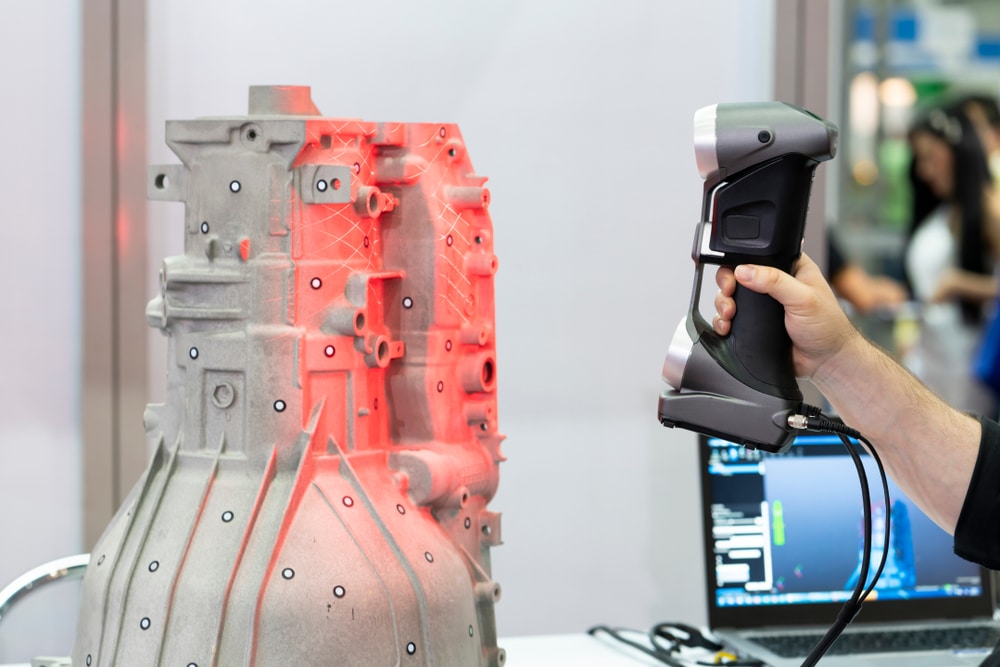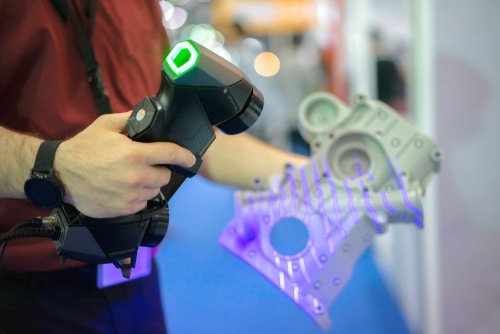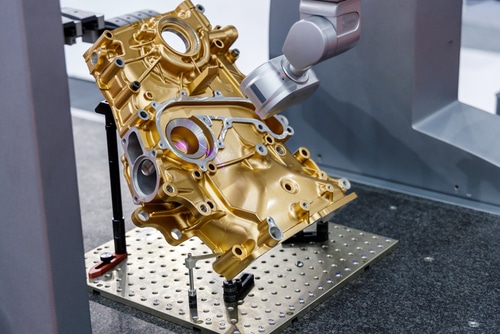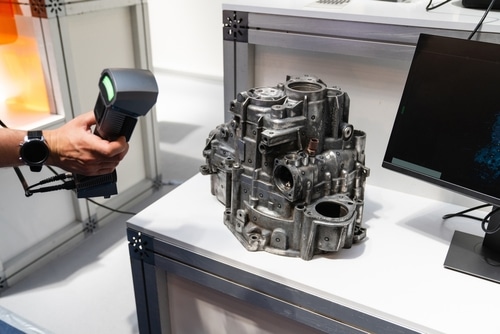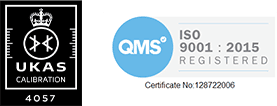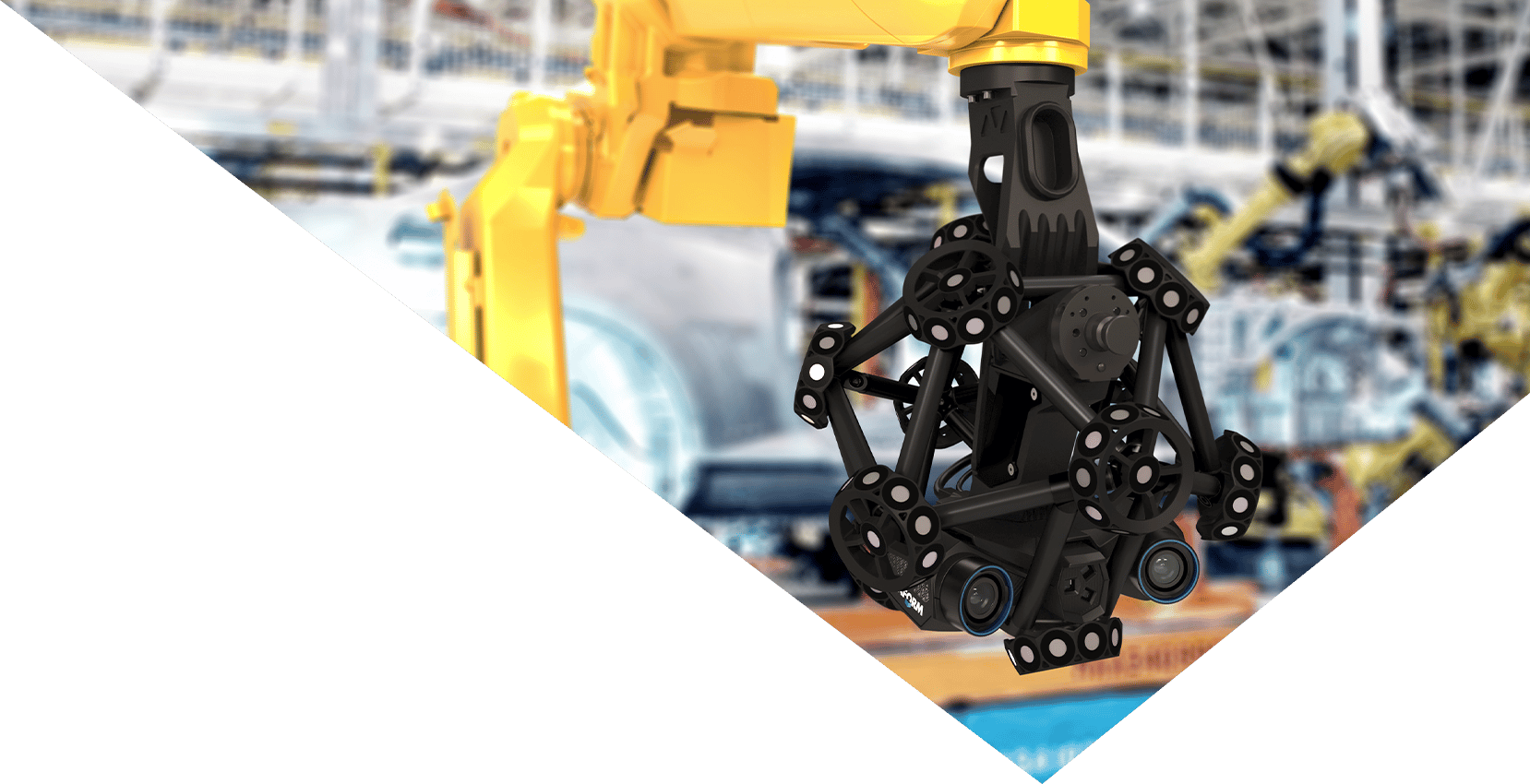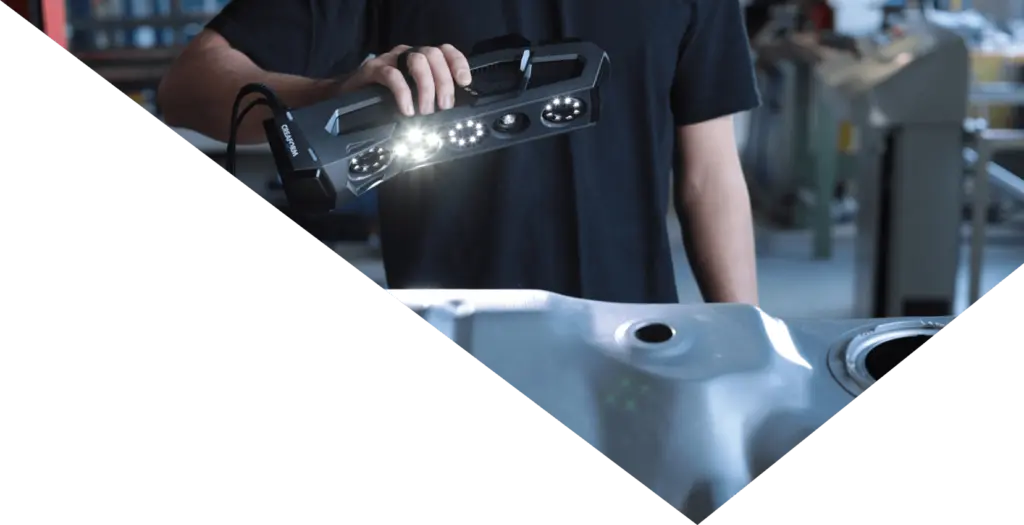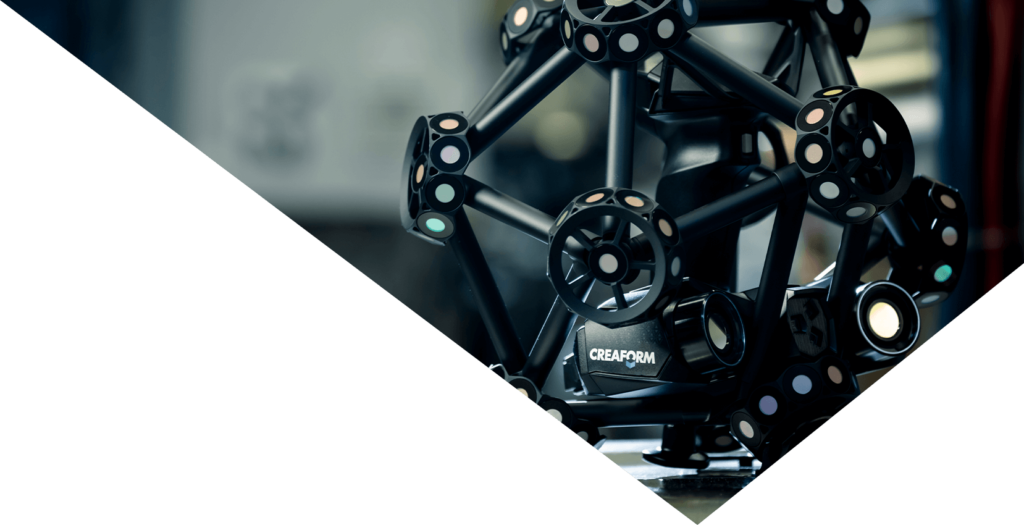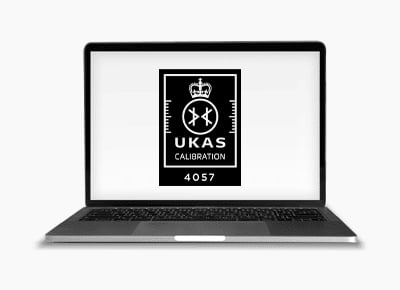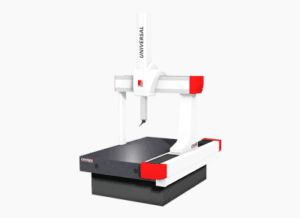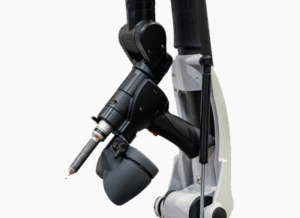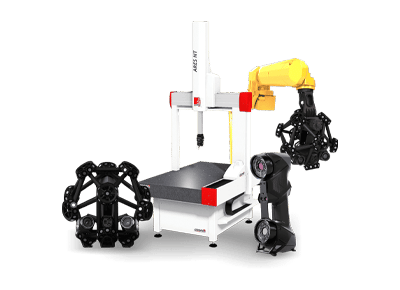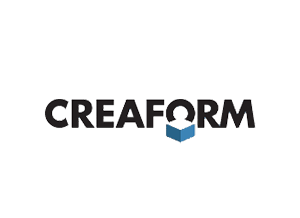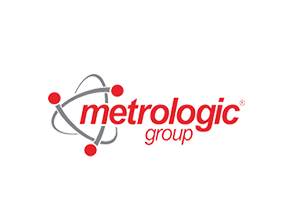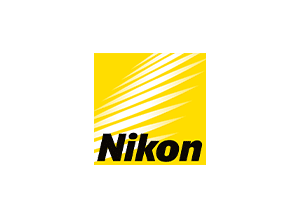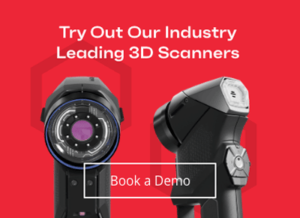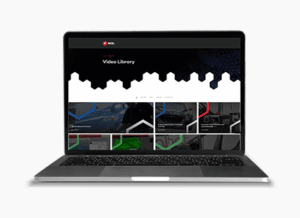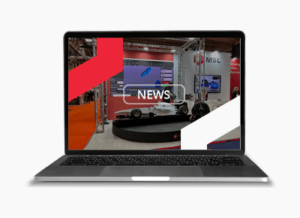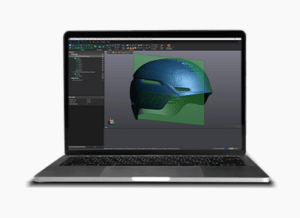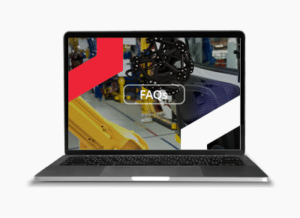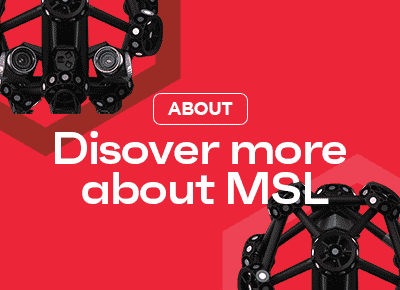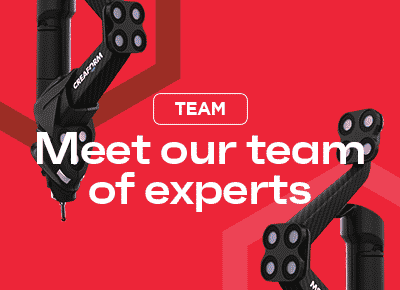3D scanners are incredibly useful when it comes to reverse engineering. They allow engineers to easily collect, import and manipulate point cloud data from any physical object. The 3D scanner uses lasers to accurately trace the surface of an object, converting that data into a point cloud which can then be used in your chosen CAD software, significantly simplifying the reverse engineering workflow and making it faster, simpler and easier to do than ever before.
It’s an essential process for most manufacturing businesses and particularly useful when the original CAD designs or documentation doesn’t exist, as well as enhancing, adapting, and reproducing original models.
As we look at how 3D scanners can help you with this, we’ll aim to guide you through selecting the right 3D scanner, understanding the intricacies of CAD software for scan data processing, and exploring case studies that highlight its transformative applications.
3D scanning captures the shape and sometimes the colour of real-world objects, transforming them into digital 3D models. This technology has significantly influenced product lifecycle management, making it invaluable across industries like aerospace, automotive, and manufacturing. 3D scanners work by measuring three-dimensional points on the surface of an object. These measurements, often in high density compared to traditional methods, create a point cloud or mesh that represents the object digitally.
Benefits of 3D scanning include its speed, accuracy, and the ability to capture complex geometries. However, limitations such as the need for direct line of sight, environmental conditions affecting performance, and potential data alignment errors exist. The choice of a 3D scanner depends on factors like the required precision, object size, and specific application needs, ranging from reverse engineering to quality inspection and beyond.
What is Reverse Engineering?
Reverse engineering is a process that aims to duplicate existing objects, even when the original designs are not available (see Racing Point’s F1 team for a notorious example). As well as automative, it appeals to a wide range of industries, helping to enhance product development and innovation. Here’s an outline of its core aspects:
Definition and Purpose
At its core, reverse engineering is the process of dissecting products or equipment to understand their structure, size and functionality.
It’s instrumental for businesses in deciphering production processes, safeguarding patents, and analysing products when original designs are missing.
Applications Across Industries
This process is not limited to one field but spans a variety of sectors, including manufacturing, automotive, aerospace, and even healthcare.
Specific applications include creating digital versions of discontinued product designs, scanning physical prototypes into CAD software, troubleshooting existing products, and enhancing competitive edges in the market.
Techniques and Tools
The methodology includes advanced analytical techniques such as microscopy, 3D Metrology, and X-Ray Computerised Tomography, among others.
3D scanners offer some of the best tools to help with reverse engineering, combining ultra-wide scanning for large objects with high accuracy and speed. Combine your new CAD data with a digital fabricator like a 3D printer and you’re able to quickly scan and replicate almost any physical object for further analysis and testing.
By integrating these elements in your workflow, 3D Scanners help businesses to iterate faster, improve on existing designs, and contribute to efficiencies in product development.
The Process of 3D Scanning for Reverse Engineering
The process of 3D scanning for reverse engineering is fast, simple, and reliable. Essentially, the 3D scanner has been designed to do all the work for you, making the whole process incredibly simple.
To ensure the accurate capture and reproduction of the original object’s geometry and design, there’s a few things you have to get right, here’s a breakdown of the key stages:
Preparation and Scanning
Each laser scanner works in a slightly different way. Older versions often use target stickers that help the scanner orientation the object in digital space. Other’s struggle to accurately scan highly reflective surfaces such as chrome and need a light coating of powder spray to help. However, most modern scanners are able to scan, orientate objects and handle shiny as standard, like the HandySCAN Black delivering 0.02mm accuracy at a resolution of 0.025mm over a wide field.
3D Scanning
Using a high-accuracy 3D laser scanner, you’re able to capture the complete surface geometry of almost any component. This step is pivotal as it lays the foundation for the subsequent reconstruction process.
There are two main categories of 3D scanner: those that use light (structured light systems) and those that use physical contact or proximity (contact and non-contact scanners). Light-based scanners, including portable and handheld devices, project a pattern onto an object and analyse how this pattern changes to construct a 3D model. The resulting data is captured as a point loud or mesh, which can then be cleaned, aligned, and imported into your CAD software.
For more information, download Creaforms’ guide to 3D scanning.
Data Processing and Modelling
Point Cloud and Mesh Generation: After scanning, the output, known as a point cloud, represents the object’s shape. These points are then connected to form a mesh, which serves as the basis for creating surfaces in the reverse engineering software.
CAD Modelling: The mesh is imported into CAD software where important surfaces are extracted, and new objects are integrated to refine the design. This stage is crucial for ensuring the digital model accurately reflects the original object’s geometry and any new parts created fit accurately.
Review and Finalisation
CAD Editing and Optimisation: Alterations and optimisations are made within the CAD model to address any discrepancies, add changes or enhance the design.
Quality Check and Dimensional Inspection: The final step involves a thorough quality check and dimensional inspection ensuring the recreated model meets the specifications and accurately represents the original object.
This structured approach ensures that 3D scanning for reverse engineering is executed with precision, capturing every detail of the original design for accurate replication or modification.
Benefits of Using 3D Scanning in Reverse Engineering
The transformative impact of 3D scanning for reverse engineering offers significant benefits over traditional methods, which are often long, complicated and prone to errors.
Precision and Speed
High precision in capturing dimensions and shapes ensures accurate data for redesign, eliminating manual errors and significantly speeding up data acquisition.
The non-contact nature of 3D scanning prevents potential damage to the original object, safeguarding its integrity while capturing intricate details.
Cost and Time Efficiency
3D Scanning is incredibly fast offering a significant reduction in the design cycle cost, up to 75% in some cases which slashes the time it takes to create a digital model from weeks to just one day, streamlining the entire process for 3D modelling.
Innovation and Quality Enhancement
By using the original CAD designs and comparing them directly to the scanned models, you’re able see the differences between the ‘as-designed’ and ‘as-built’ conditions. This paves the way for innovation and ensures Quality Control, meaning parts fit together seamlessly from the first attempt.
Selecting the Right 3D Scanner
Selecting the right 3D scanner for reverse engineering involves understanding various factors that cater to your specific needs. Here’s a breakdown to guide you through the selection process:
Types of 3D Scanners
Contact-Based (CMMs): Offers high precision but can be slow and potentially damaging to sensitive objects.
Non-Contact 3D Laser Scanners: Fast and suitable for scanning sensitive or complex geometries without contact.
Non-Contact Structured-Light 3D Scanners: Utilises structured light for detailed and safe scanning of objects, including on humans and animals.
Photogrammetry: Less accurate but widely accessible, often used with smartphones.
Key Considerations
Accuracy and Precision: Essential for capturing intricate details, especially in complex geometries.
Resolution: Determines the level of detail in the scan. Higher resolution captures more detail but requires more data processing.
Ease of Use and Software Compatibility: Look for scanners with user-friendly interfaces and compatibility with your preferred CAD software.
Versatility: The scanner should be capable of handling various object sizes and materials.
Cost-Effectiveness: Balance between the required data quality and budget constraints. Define your requirements and choose accordingly.
By considering these factors, you can select a 3D scanner that not only meets your reverse engineering needs but also aligns with your project’s budget and objectives.
Software for Processing 3D Scan Data
When delving into the realm of 3D scanning for reverse engineering, selecting the right software to process your 3D scan data is pivotal. Here’s a breakdown of some of the top software solutions available:
For Comprehensive Scan-to-CAD Functionality
Artec Studio: Compatible with Artec 3D scanners, it offers seamless Scan-to-CAD capabilities, simplifying the transition from scan to usable CAD data 23.
Geomagic for SOLIDWORKS: An add-in that streamlines scan-to-CAD, equipped with extensive features tailored for reverse engineering tasks 25.
For Mesh Processing and Optimisation
Autodesk Meshmixer: A free tool ideal for cleaning up 3D scans and prepping files for 3D printing, offering a range of mesh manipulation features 23.
Mesh2Surface: Available for SOLIDWORKS or Rhinoceros, it provides essential functions to convert meshed scan data into CAD, enhancing user control over the accuracy of the final CAD model 2425.
For Industrial Applications
Artec Metrology Kit: Offers compatibility with leading software like Geomagic Control X and PolyWorks, catering to the demands of industrial reverse engineering projects 23.
Verisurf 3D Scanning & Reverse Engineering Suite: Designed for efficient point cloud to solid model workflows, it supports a variety of 3D scanners and CMMs, making it versatile for different reverse engineering scenarios 26.
Choosing the right software hinges on your project’s specific requirements, including the complexity of the geometries involved, the accuracy needed, and compatibility with existing CAD tools.
Case Studies and Applications
Exploring the diverse applications and transformative case studies of 3D scanning for reverse engineering reveals its significant impact across various industries:
Automotive Innovation
Pratt Miller leveraged 3D scanning solutions to develop four generations of race cars, highlighting the technology’s role in accurate data acquisition and measurement. The portability and easy setup of the scanning equipment were crucial in the rapid development and enhancement of racing vehicles 15.
Maritime Maintenance
The Dutch Royal Navy utilised 3D scanning technology for the reverse engineering of essential parts for its ships. Given the absence of original drawings or CAD files, 3D scanning enabled the creation of accurate 3D images of objects. These were then used to replicate parts through methods like 3D printing, 3-5 axis milling, or 3D welding, ensuring the ships remained in optimal condition 16.
Energy Sector Efficiency
A Canadian hydropower plant faced efficiency challenges due to wear and tear on hydroelectric turbines. Through reverse engineering with 3D scanning, precise geometries of the turbine blades were captured, allowing for the creation of detailed CAD models. These models facilitated the manufacture of replacement blades, significantly enhancing the turbine’s efficiency and power generation capabilities 28.
These case studies underscore the versatility and efficiency of 3D scanning for reverse engineering, from improving race car designs and maintaining naval ships to boosting energy generation in hydropower plants.
Conclusion
Through the exploration of 3D scanning within the realm of reverse engineering, we’ve unveiled its revolutionary capability to enhance product development, optimise design processes, and foster innovation across a myriad of industries. The detailed overview of necessary steps for effective 3D scanning, the critical factors in selecting the right 3D scanner, and the indispensable role of CAD software in processing scan data have established a clear, structured pathway for businesses to leverage this advanced technology. Moreover, the case studies presented not only showcase real-world applications but also underline the transformative impact and potential of 3D scanning and reverse engineering in addressing complex design and manufacturing challenges.
As the landscape of manufacturing and product design continually evolves, it beckons the need for technologies that can accurately capture and replicate the geometries of objects, thereby ensuring a seamless transition from physical models to digital designs. In this regard, 3D scanning for reverse engineering not only promises to bridge this gap but also opens avenues for creativity, precision, and efficiency.
To fully understand how this technology can be utilised within your specific context – whether for enhancing automotive designs, enabling maritime maintenance, or boosting energy sector efficiency – we encourage you to explore more about this cutting-edge technology.
Book a demo here to unlock the potential of 3D scanning for your projects and witness firsthand the precision and versatility it brings to reverse engineering tasks.
FAQ
Can 3D scanning facilitate reverse engineering?
Yes, accurate 3D scanners are pivotal in reverse engineering. They provide precise 3D measurement data that engineers can use to replicate objects as they were originally manufactured.
What advantages do 3D scanning and reverse engineering offer?
The combination of 3D scanning and reverse engineering offers numerous benefits. It allows for the incorporation and enhancement of existing engineering optimisations within a part. Additionally, 3D scanning can significantly reduce the number of design cycles needed during the prototyping stage.
How is 3D reverse engineering defined?
3D reverse engineering is the process of measuring a physical object and reconstructing it into a 3D model. This allows for the recovery of the original design intent, which is a precise reconstruction of the original design using simple analytical surfaces like planes and cylinders.
